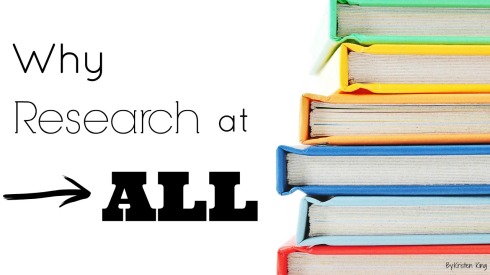Looking back on this semester, it was not at all what I thought it was going to be. As a marketing major, I am use to various management and marketing classes in the GVSU Seidman College of Business that are more numbers and managerial decision focused. As CAP220 being my first public relations class at GVSU, this was a very different pace for me. I have never been in a class environment where tweeting and the use of social media was allowed let alone encouraged. No offense to the business school, but learning real-world examples beyond videos produced in the 80s was refreshing. We had the opportunity to attend events like Aimwest social media networking events within the community and hear speakers from Lambert Edwards, Spectrum Health and Davenport University. For the first time in a class room, I felt real-world examples take a step closer.
In Grand Valley’s CAP220 class this semester, we were told to create a plan book for a local summer camp called Camp Blodgett. The goal of this campaign book was to increase awareness about Camp Blodgett in Kent and Ottawa Counties through community outreach, resource and network development and advocacy. When I was told to produce content including: primary research, secondary research, strategies, objectives, tactics, a Gantt chart and budget. Developing these items for the first time, I felt like I was figuring everything out blindly. Periodically after producing our rough drafts of each item, the CAP220 class was allowed to peer edit work and give each other further insight as well as get advice from the professor. Building the budget for my campaign book was the most difficult task in my opinion because I was hesitant about estimating prices of things like the cost of sending out direct mail, how much to pay employees to work on social media, how much to set aside in budget for paid advertising space in magazines, etc. Since I have not been out in the real world working on these type of things, it was difficult for me to estimate how much items would cost. My favorite aspect of the campaign book was building a mock-up email to current Camp Blodgett donors and supporters. When I started figuring out how to write this email, I began to think about organizations I donate to and how I would want to receive information. When donating I want to know exactly where my money is going, giving a sense of transparency, and that is exactly what I tried to communicate in my email newsletter.
Now that I am coming out of the tail-end of my studies, I am very thankful for the time I was able to devote learning how to form these items on my own. As I was listening to my class mates present their campaign book ideas toward the end of the semester, this got me brainstorming even more. I believe working on a PR team to build a campaign book for a client would be much more effective than creating one solo because then individuals have the ability to build and advance ideas off of each other. I believe some of the students in my CAP220 class will develop into great public relations professionals in the future. In reality, if I were to work in PR and a client came walking through the door, there would be no step-by-step directions to solve the client’s problems; it’s going to take hard work and brainstorming to have a successful client campaign
I have never blogged before my CAP 220 class. This is something I am very thankful for because I have always had the interest of blogging, but never took the initiative creating one or figuring out what content to blog about. Discovering my blogging voice as I was writing posts took time. I wanted to write in a professional but casual way that would be understandable to the reader and informative. I found that designing my blog and the ability for anyone using the Internet to have exposure to my blog exciting. After I created my “About Me” page, I started gaining some site visits and comments. I realized my writing actually had the ability to reach people I never intended. I loved the idea that I was not just writing content for myself and my professor to read, but my blogs had the potential to inspire or educate almost anyone.
After taking this class and getting a view in the life of a public relations professional, I have realized I enjoy aspects of public relations, but would not want to it solely. I enjoy marketing very much and I believe that public relations ties in so frequently to it. I believe marketing and public relations will be working hand-in-hand in my future, especially in digital marketing. Currently working in digital marketing at Steelcase Inc., I work communicating to the public on their accounts such as Twitter and Pinterest. I have yet to learn about aspects of advertising, but that is a subject I am interested in learning more about as well.











Recent Comments